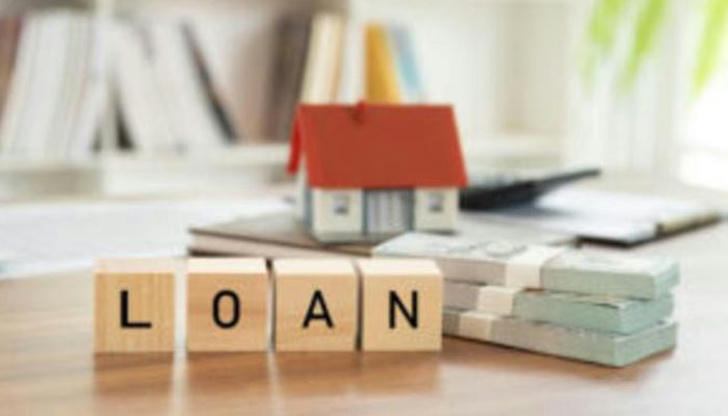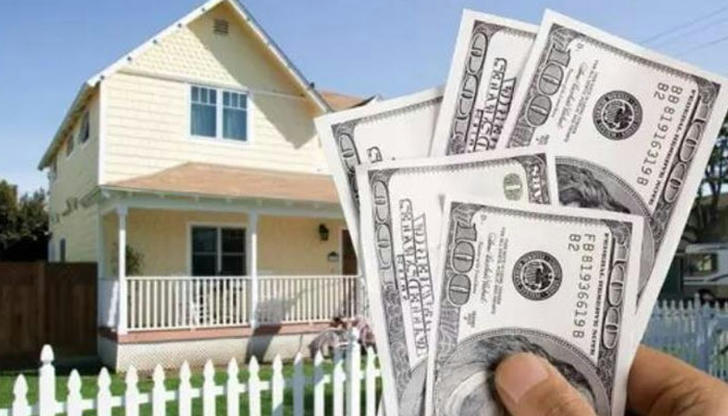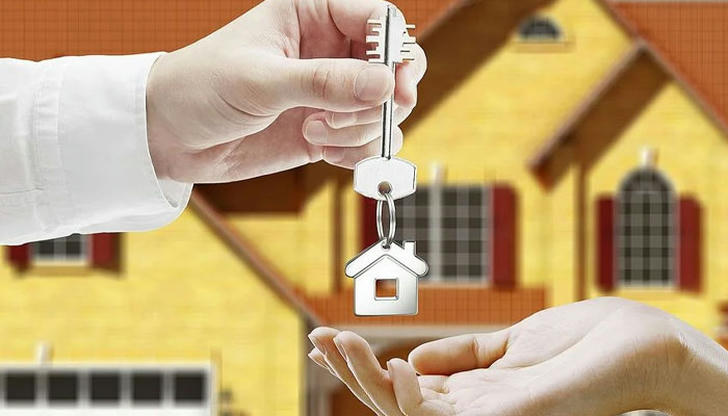Common Mortgage Mistakes to Avoid (Especially If You're a First-Time Homebuyer)

Buying a home can be one of the most exciting—and stressful—milestones of your life. And unless you’re paying in cash, you’ll be dealing with a mortgage. The problem? The home loan process is full of financial pitfalls, especially for first-time buyers. Even small missteps can lead to delays, higher costs, or even a rejected application.
To help you navigate with confidence, here are eight common mortgage mistakes to avoid, and what to do instead.
1. Skipping Mortgage Pre-Approval

One of the most common—and avoidable—mistakes is looking at homes before you know what you can actually afford.
Why it’s a problem: Without pre-approval, you might waste time shopping outside your budget or lose a home to a buyer who has already secured financing. Worse, some sellers won’t even consider your offer if you’re not pre-approved.
What to do instead: Get pre-approved by a reputable lender before you start serious house hunting. This will show sellers you're a credible buyer and help you understand the loan amount, interest rate, and estimated monthly payment you qualify for.
2. Focusing Only on the Interest Rate

It’s tempting to zero in on the lowest interest rate, but that’s only part of the equation.
Why it’s a problem: A loan with a super-low rate might come with high fees, discount points, or conditions that make it more expensive in the long run. Interest rates alone don’t tell the whole financial story.
What to do instead: Compare the APR (Annual Percentage Rate), which includes interest and fees, to get a clearer picture of the true cost. Always ask for a Loan Estimate from each lender to see how fees and closing costs stack up.
3. Underestimating Closing Costs

A common rookie mistake is budgeting only for the down payment—then getting blindsided at the closing table.
Why it’s a problem: Closing costs typically range from 2% to 5% of your home’s purchase price. On a $300,000 home, that’s an extra $6,000 to $15,000 due at closing.
What to do instead: Ask your lender for an itemized estimate early in the process. This can include appraisal fees, title insurance, taxes, and prepaid interest. You may be able to negotiate some costs or roll them into your mortgage, but you’ll want to know what to expect well in advance.
4. Choosing the Wrong Loan Type

Not all mortgage loans are created equal, and the wrong one can cost you more over time or limit your flexibility.
Why it’s a problem: For example, a 30-year fixed-rate loan may seem safe, but if you're only planning to stay in the home for 5 years, an adjustable-rate mortgage (ARM) could save you thousands. On the other hand, ARMs can backfire if rates rise unexpectedly.
What to do instead: Understand the pros and cons of different loan types—conventional, FHA, VA, USDA, fixed-rate, adjustable-rate—and match your choice to your financial goals and how long you plan to stay in the home.
5. Making Major Financial Changes Before Closing

Your mortgage isn’t finalized the day you get pre-approved. Lenders will re-check your credit and financials right before closing.
Why it’s a problem: Buying a car, opening a new credit card, changing jobs, or making large deposits can raise red flags or alter your debt-to-income ratio. These changes might delay your closing or even cause your loan to fall through.
What to do instead: Once you’re under contract on a home, avoid taking on new debt, changing employment, or making major financial moves until after the mortgage has closed and funded.
6. Neglecting Your Credit Score

Your credit score is one of the biggest factors in determining what interest rate you qualify for.
Why it’s a problem: A lower credit score could mean paying a higher rate, which adds up to tens of thousands of dollars in additional interest over the life of the loan.
What to do instead: Check your credit score months before applying. Pay off high credit card balances, avoid late payments, and dispute any errors on your credit report. Even a 20-point improvement can make a big difference in your rate.
7. Not Shopping Around for Lenders

Too many buyers settle for the first lender they talk to—or just go with whoever their real estate agent recommends.
Why it’s a problem: Mortgage offers can vary widely from one lender to another, even for the same borrower. By not comparing options, you could end up overpaying in both interest and fees.
What to do instead: Get quotes from at least three to five lenders, including banks, credit unions, and online providers. Use Loan Estimates to compare interest rates, APRs, fees, and closing timelines. Even a 0.25% rate difference can save you thousands.
8. Overextending Your Budget

Getting approved for a $500,000 mortgage doesn’t mean you should spend every dollar.
Why it’s a problem: Many homebuyers become “house poor,” spending so much on their mortgage that they have nothing left for savings, travel, or unexpected repairs. It’s a fast track to financial stress.
What to do instead: Set your own budget based on a comfortable monthly payment that leaves room for other life goals. Aim to keep your total housing expenses (including taxes and insurance) under 28–30% of your gross monthly income.
Final Thoughts

Getting a mortgage is a complex process, but avoiding these common mistakes can make it far smoother—and far less expensive. A little preparation, a lot of comparison, and steady financial habits can go a long way in helping you secure the best possible loan for your future home.
If you’re a first-time buyer, don’t be afraid to ask questions and take your time. The right mortgage isn’t just about getting the keys—it's about keeping your financial future secure for years to come.
